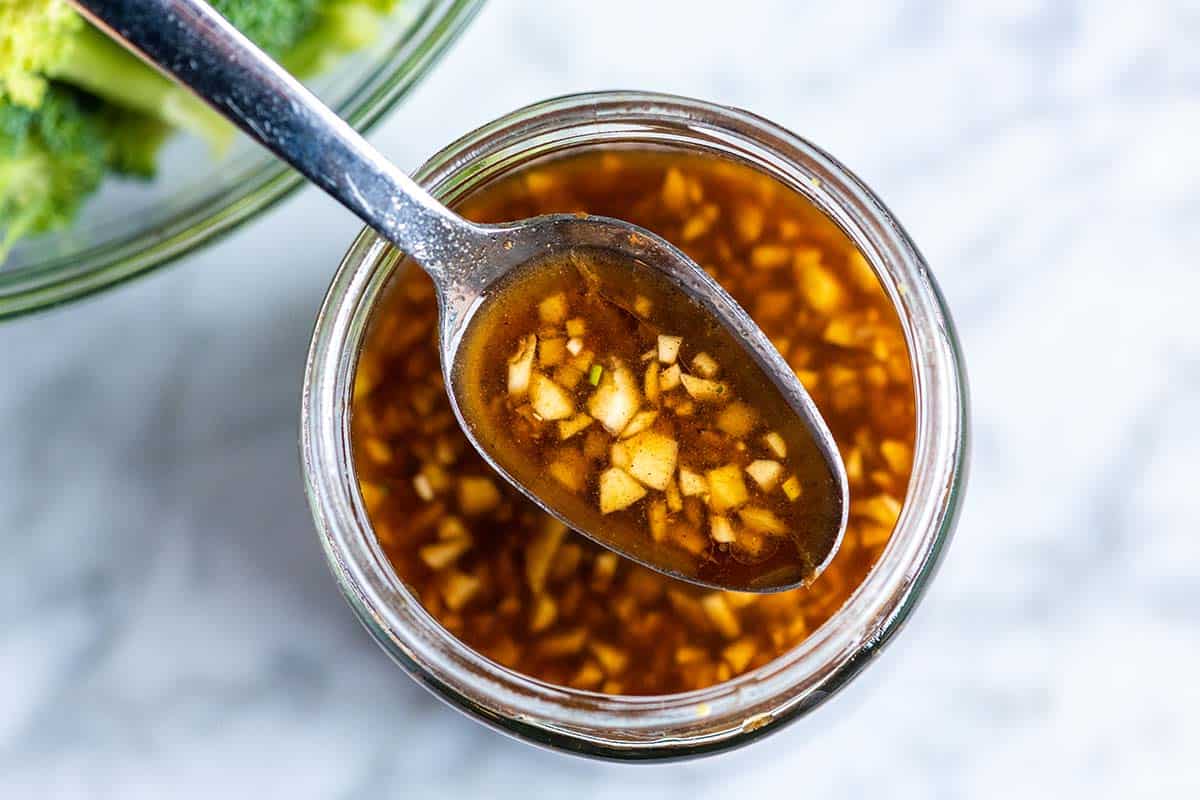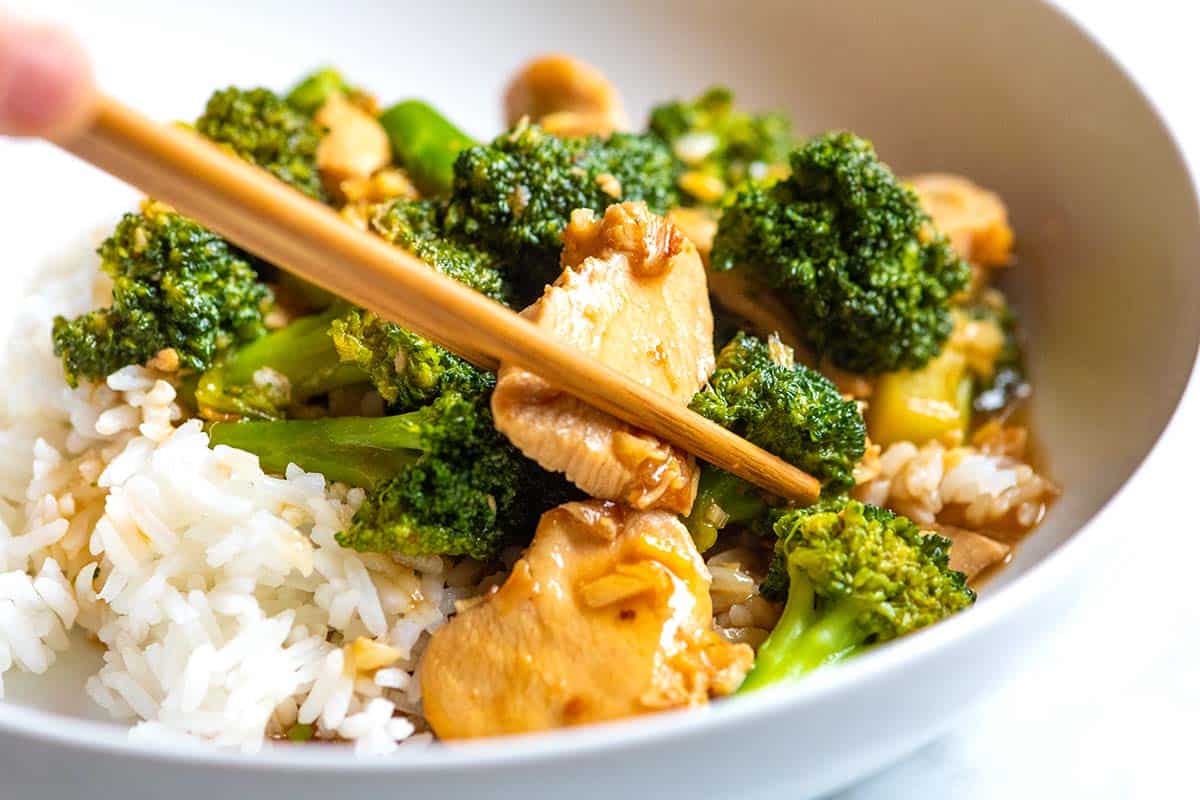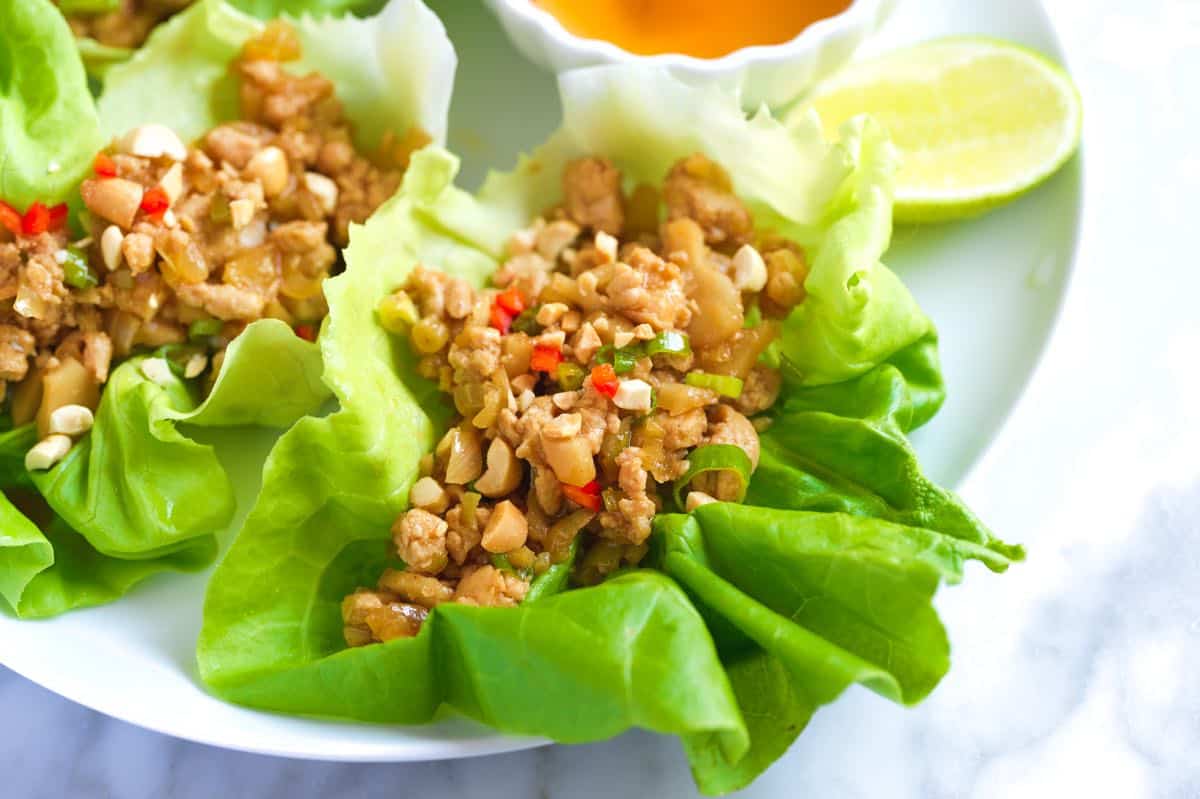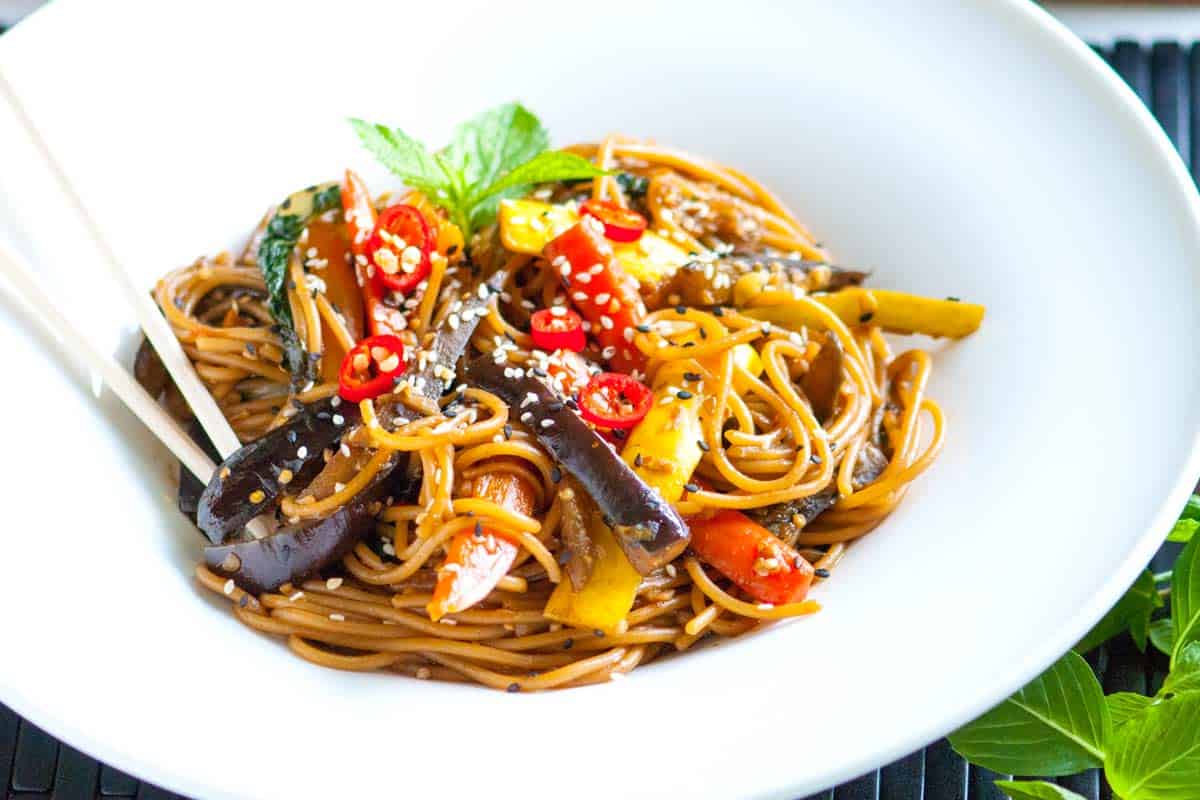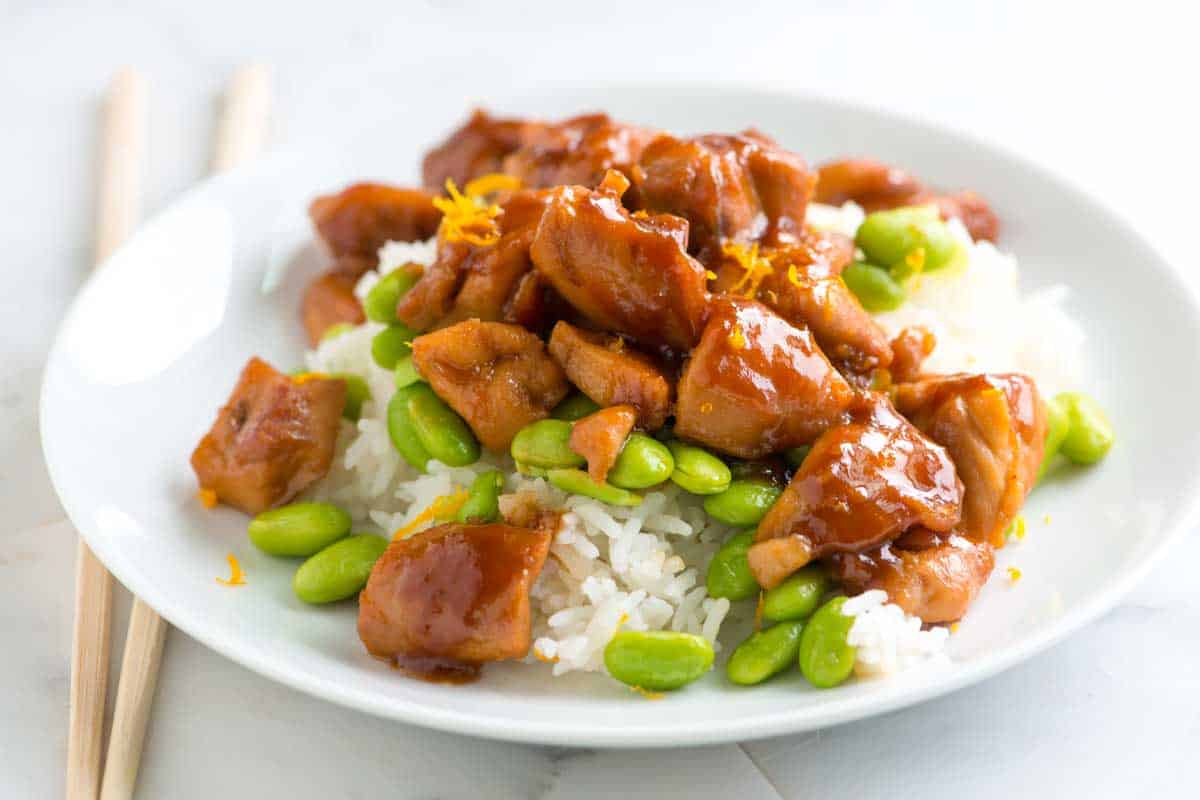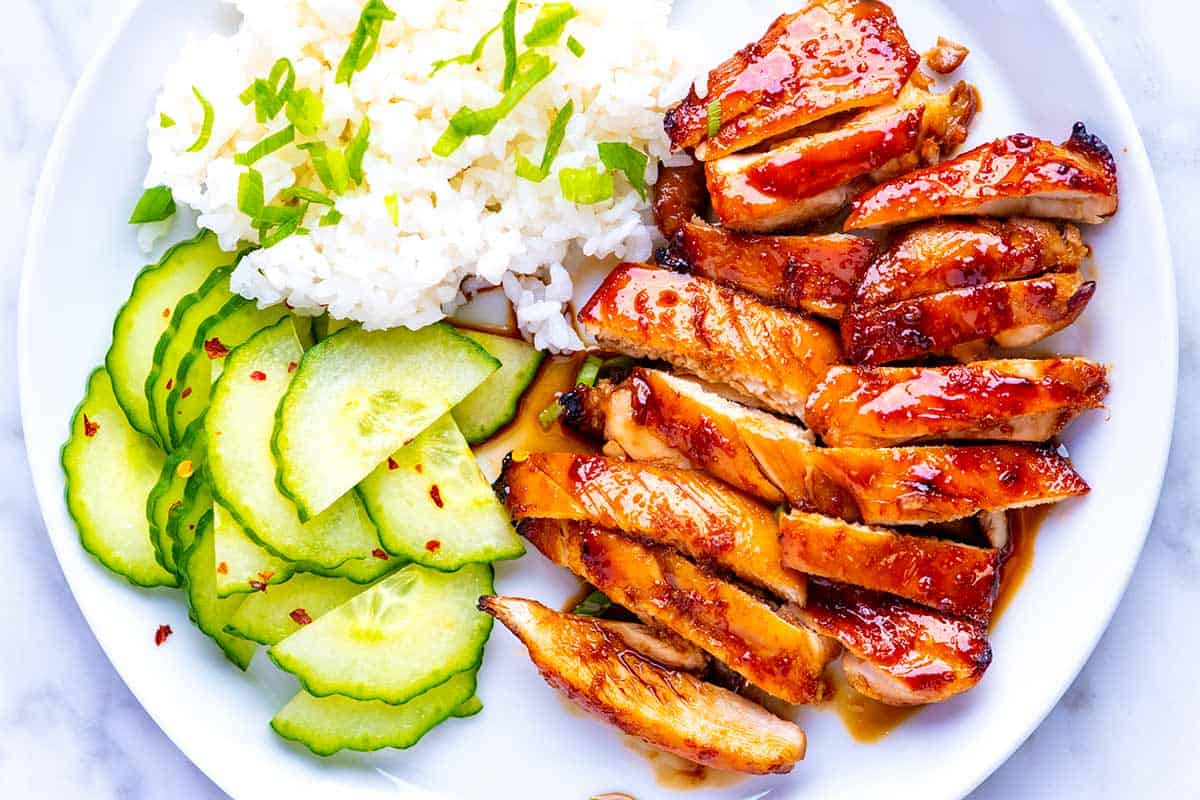We love this easy vegetable stir fry recipe! It’s incredible, with lots of colorful veggies. My homemade garlic ginger stir fry sauce is amazing with the stir fried veggies!
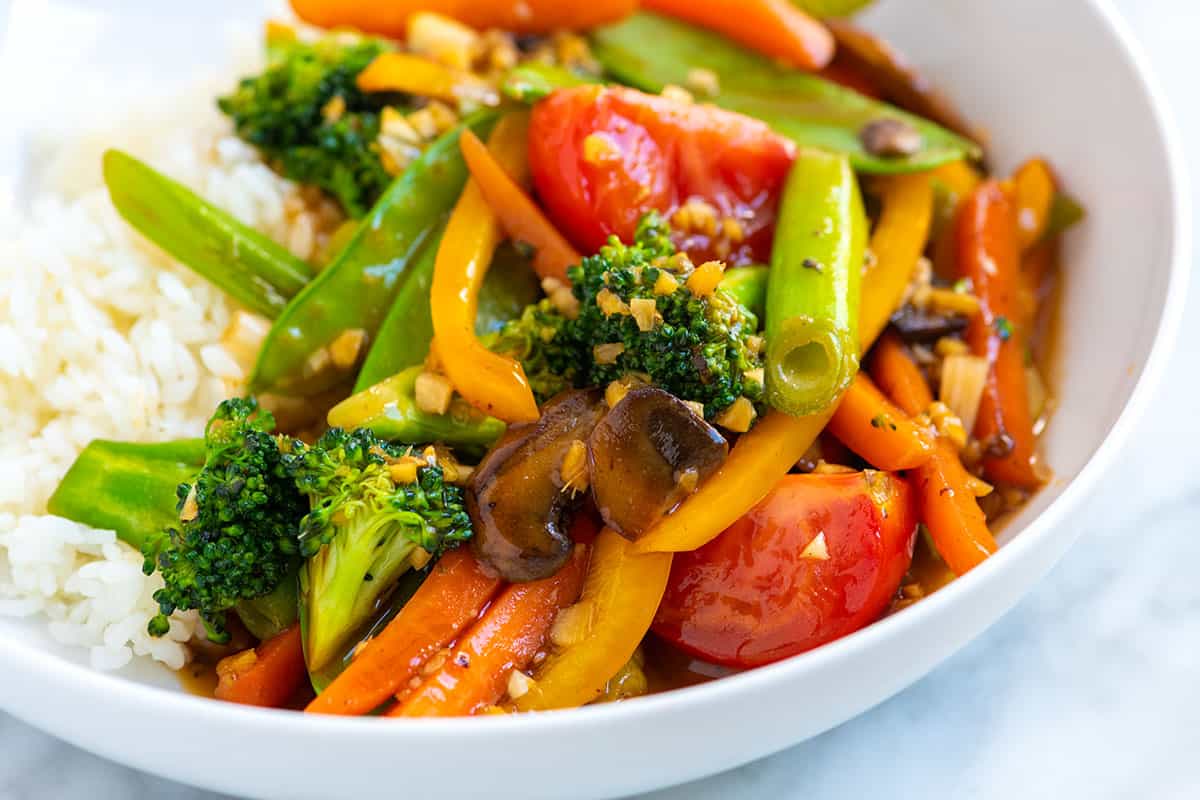
This veggie stir fry is super quick and simple. You can even adapt it based on the veggies you have on hand. The sauce is from scratch, and I have to tell you, it’s delicious.
We use the same stir fry sauce to make our chicken and broccoli stir fry, and so many of our readers have told us it’s a keeper! I love serving this vegetable stir fry over plain or coconut rice!
Key Ingredients
- Stir Fry Veggies: You can add any vegetable to this recipe and need 6 to 7 cups. I encourage you to experiment with different textures and colors or use whatever you have in the fridge. We’ve used a variety of veggies in our photos, but you can reduce the prep to a few vegetables to make it even easier. I love broccoli, carrots, mushrooms, bell peppers, scallions, snow peas, and tomatoes.
- Oil: I use a high-heat oil for stir-frying and usually reach for avocado or safflower. Rice bran oil is also a great option.
- Stir Fry Sauce: We use this homemade stir fry sauce, which is as close to authentic as possible. It combines fresh garlic, ginger, soy sauce, toasted sesame oil, sugar, and white pepper. The recipe also calls for Shaoxing wine, a Chinese rice wine. I highly recommend it in this recipe, but I have provided substitutes below.
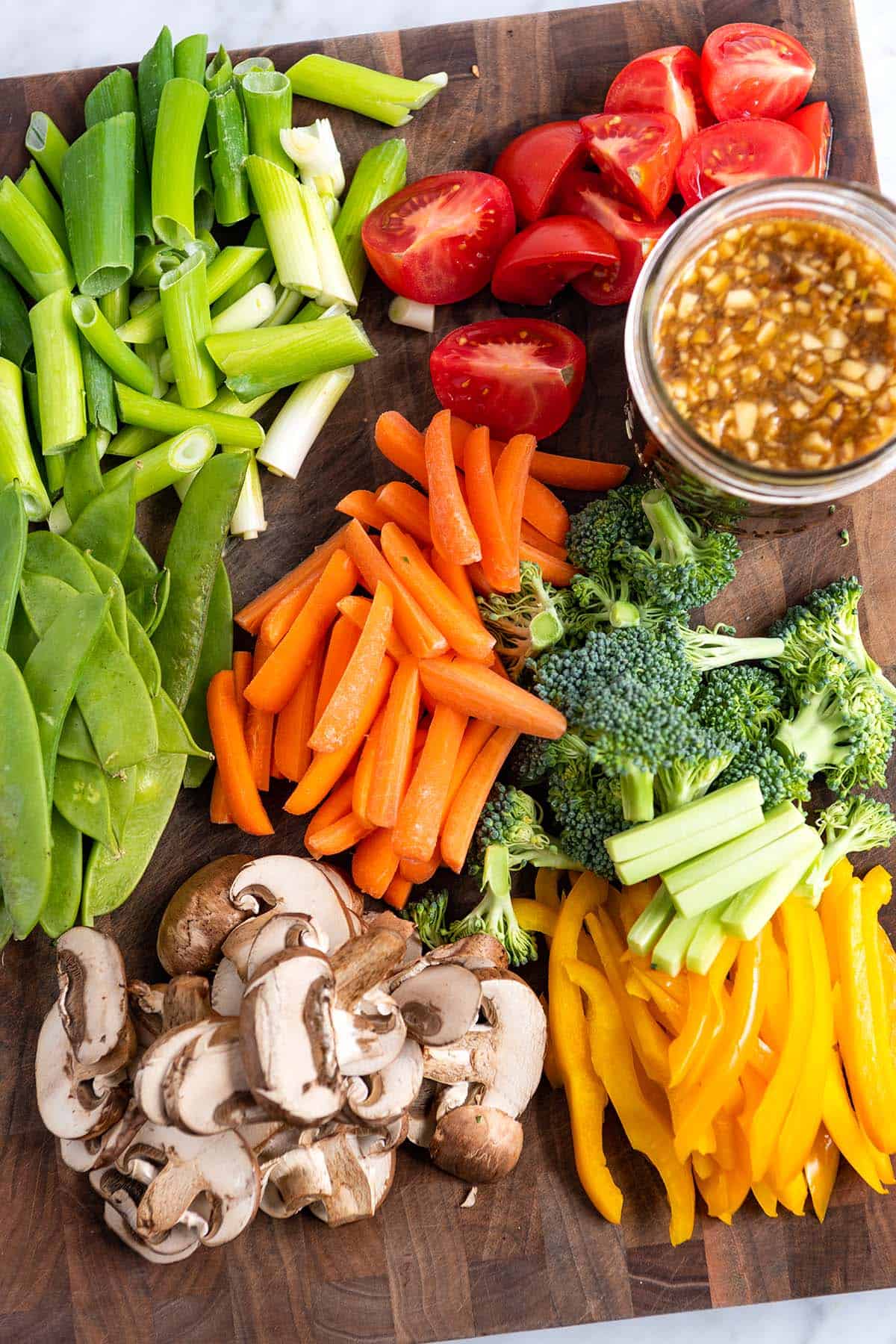
How to Make Veggie Stir Fry
To make this veggie stir fry, I first make our stir fry sauce. It’s quick and easy. Add all of the sauce ingredients to a saucepan and heat until the sugar dissolves. Then store it for another day or use it straight away.
Next, I separate my veggies into two piles: quick-cooking and more hearty. Greens like bok choy or spinach, bell peppers, scallions, and tomatoes go into the pile of quick-cooking veggies, and heartier veggies like broccoli, mushrooms, and cauliflower go into the other pile.
You’ll stir fry the heartier veggies first. I use a wide skillet or wok and cook them in oil, stirring often, until they are almost tender, about 3 minutes. Then toss in the quicker-cooking veggies and cook until everything is brighter in color and crisp-tender, 2 to 3 minutes more.
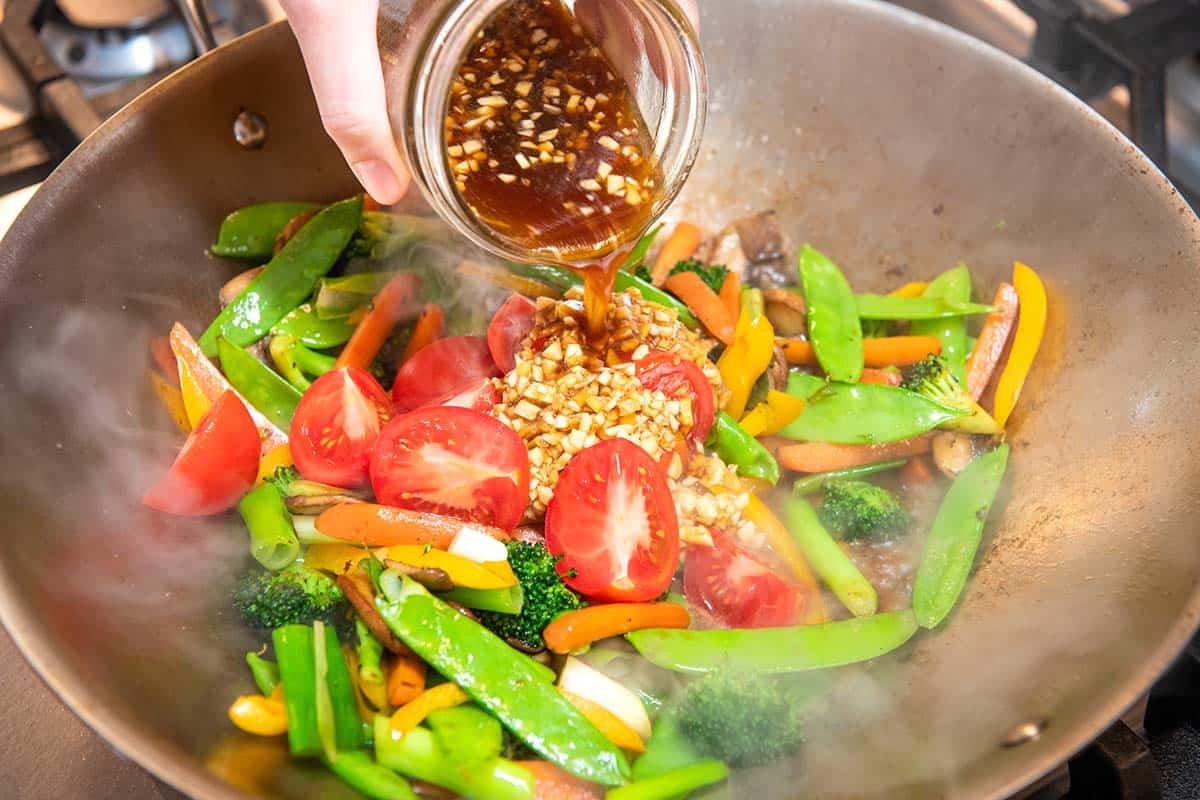
Finally, pour in the stir-fry sauce and bring it to a simmer. Thicken the sauce with some cornstarch mixed with water, and then serve!
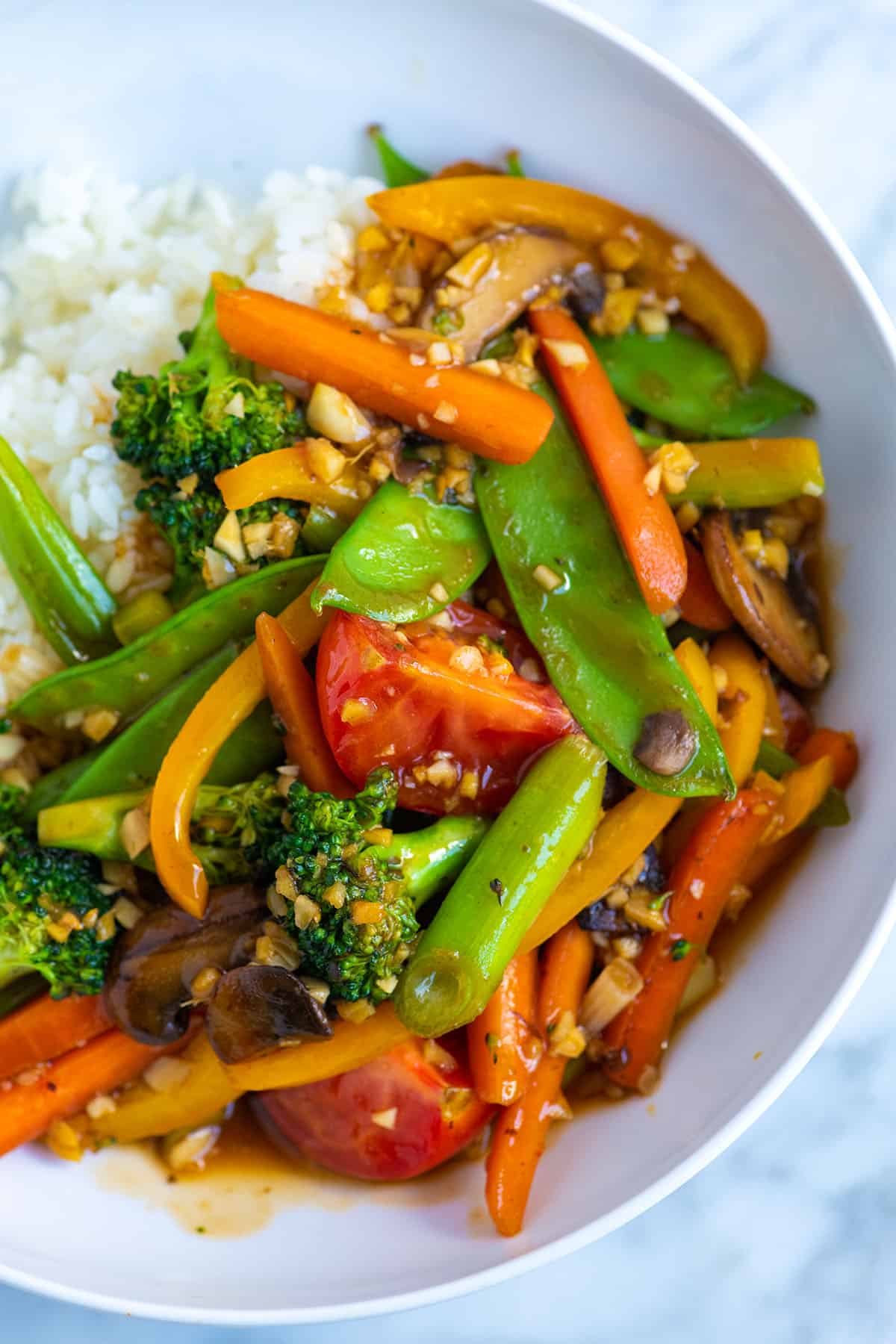
Quick Vegetable Stir Fry
- PREP
- COOK
- TOTAL
This veggie stir fry is simple and quick to make. You will need 6 to 7 cups of vegetables. Choose a variety of colors and textures. We like to keep about half of the vegetables on the heartier side (like broccoli and carrots). Add the heartier veggies to the pan first and cook for a few minutes before adding quicker-cooking vegetables like scallions, bell peppers, and snow peas. This way, all the vegetables turn out perfectly cooked.
You can make the stir-fry sauce up to 5 days in advance. It is extra delicious when made with fresh ginger and garlic, but you can leave them out if you do not have them on hand.
You Will Need
Veggie Stir Fry1 ½ cups broccoli florets
2 medium carrots, sliced into matchsticks, about 1 cup
4 ounces mushrooms, sliced, about 1 cup
1 bell pepper, sliced
1 bunch scallions, sliced into 1-inch pieces
1 cup snow peas
2 small tomatoes, cut into wedges
3 tablespoons neutral oil like vegetable or avocado oil
Stir Fry Sauce6 garlic cloves, minced
3 tablespoons minced fresh ginger (thumb-size piece of ginger)
1 cup chicken or vegetable stock
2 tablespoons dark soy sauce
2 tablespoons light soy sauce
2 tablespoons Shaoxing wine, substitute dry sherry or mirin, see notes
1 tablespoon toasted sesame oil
2 tablespoons sugar
1/4 to 1/2 teaspoon ground white pepper
Directions
1Make the stir fry sauce. Combine all of the stir-fry sauce ingredients in a small saucepan and cook over medium heat until the sugar dissolves. Store or use immediately.
2Stir one tablespoon of cornstarch with three tablespoons of cold water, and then set aside.
3Divide the vegetables into two piles. One pile should have heartier, longer-cooking vegetables (broccoli, carrots, and mushrooms), and the other pile should have quicker-cooking vegetables (bell pepper, scallions, snow peas, and tomatoes).
4Heat a large, heavy skillet or wok over high heat. Add 1 ½ tablespoons of high-heat oil, and then add the pile of heartier vegetables (broccoli, carrots, and mushrooms). Cook, stirring the vegetables around the pan, until they sweat and soften, about 3 minutes.
5Throw in the remaining vegetables and continue to cook for another 2 to 3 minutes or until the vegetables are tender. If the pan needs more oil, add another tablespoon. (For reference, you are looking for the broccoli to be bright green and crisp-tender, the mushrooms to brown slightly and reduce in size, and the snow peas to be bright green and a little floppy.)
6Pour in the stir fry sauce. Give the cornstarch mixture one more stir, and then slowly pour it into the stir fry. Stir everything around until the sauce thickens and sticks to the vegetables. Serve immediately.
Adam and Joanne's Tips
- Shaoxing wine: A Chinese rice wine often used in Chinese cuisine. It’s the most authentic choice in this recipe, so we highly recommend adding it to your pantry if you can find it. However, if you cannot find it, we have two alternatives: dry sherry and mirin. Mirin is sweeter than Shaoxing wine so you will likely need to reduce the sugar by 1 tablespoon. One more option is to use rice wine vinegar. This will make the sauce taste a little different and you may need more sugar.
- Vegan tips: This recipe is vegan. However, be sure to use vegan sugar (not all are).
- Gluten-free tips: When shopping for the ingredients listed above (especially the soy sauce), look for gluten-free on the label. If you cannot find gluten-free soy sauce, look for gluten-free tamari, which, unlike soy sauce is traditionally made without or with very little wheat.
- The nutrition facts provided below are estimates.

